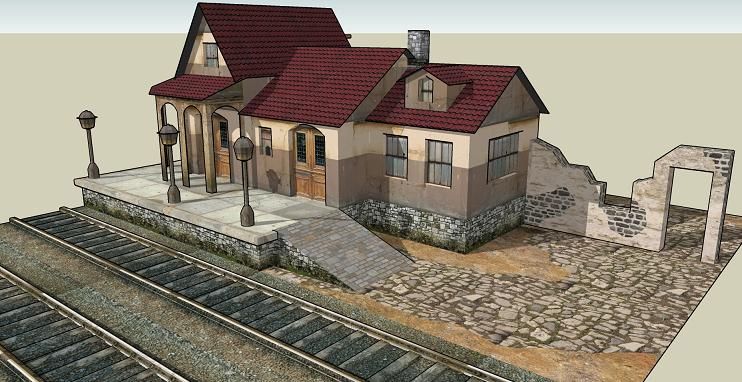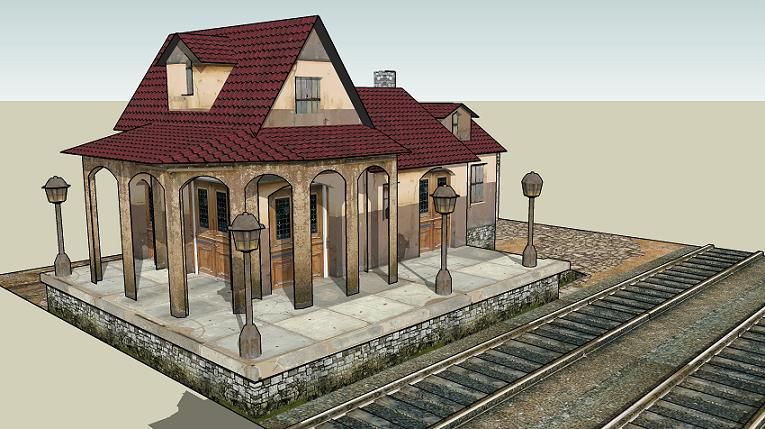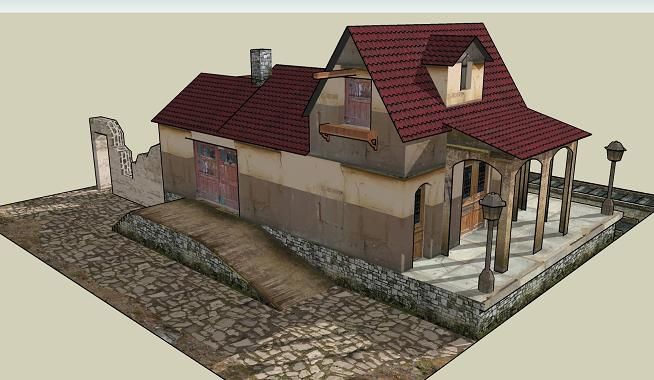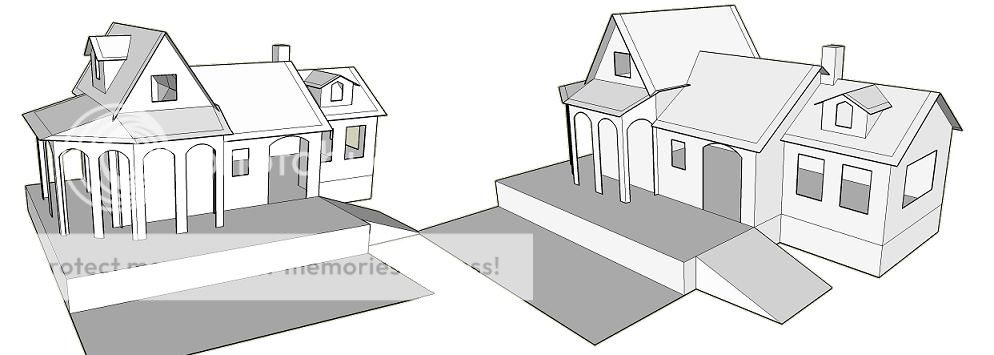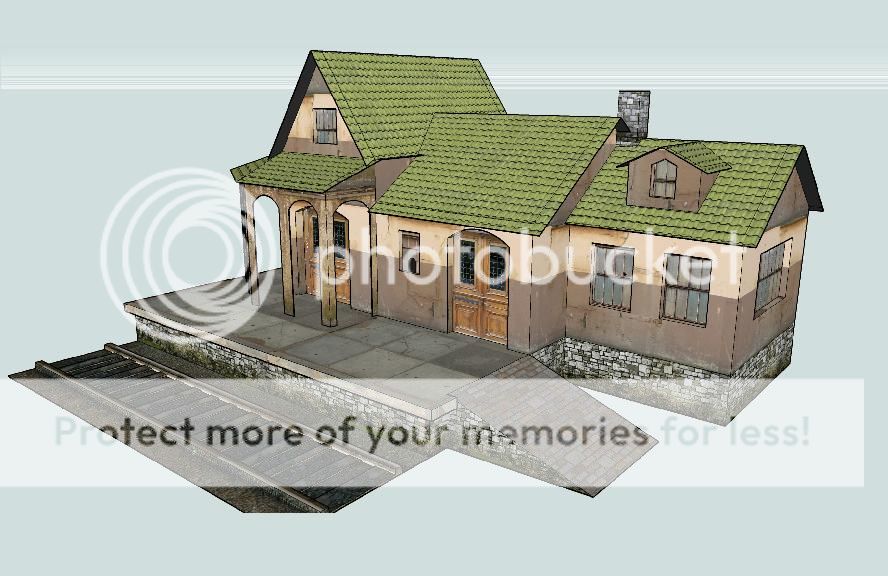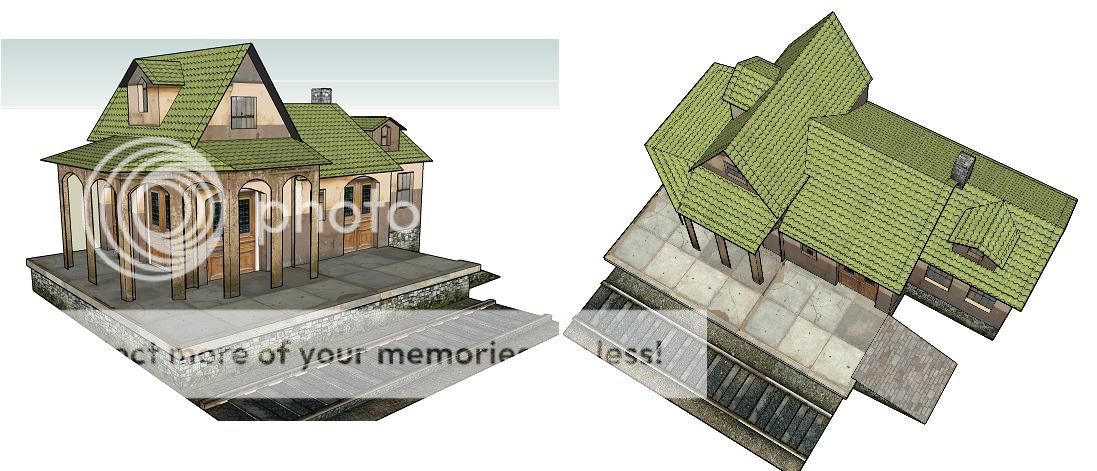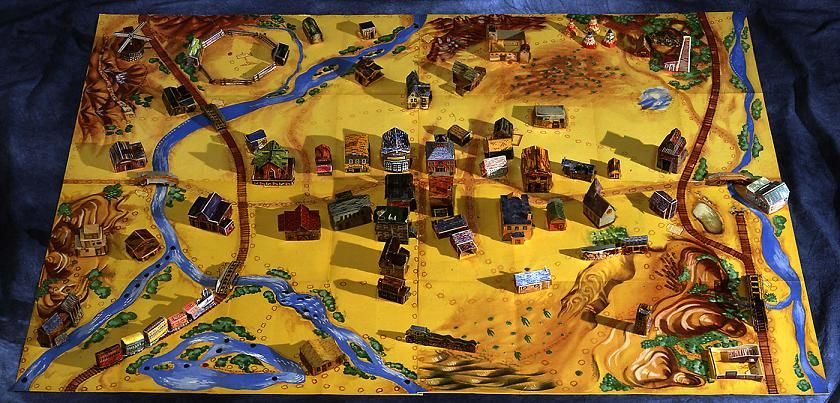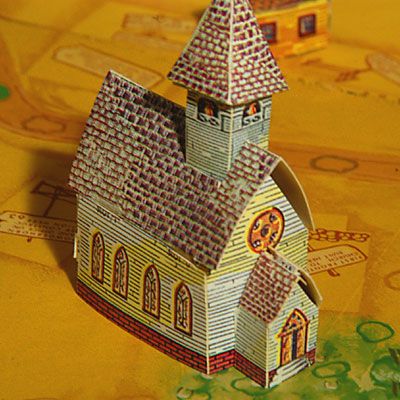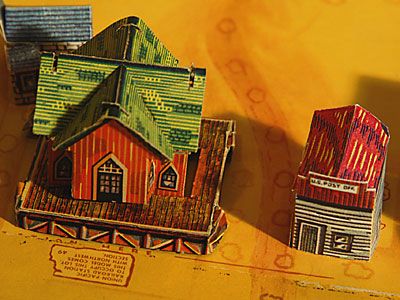 |
| The Real Thing |
Himeji Castle is a hilltop
Japanese castle complex located in
Himeji in
Hyōgo Prefecture. The castle is regarded as the finest surviving example of prototypical
Japanese castle architecture, comprising a network of 83 buildings with advanced defensive systems from the feudal period. The castle is frequently known as
Hakurojō ("White Egret Castle") or
Shirasagijō ("White Heron Castle") because of its brilliant white exterior and supposed resemblance to a bird taking flight.
Himeji Castle dates to
1333, when
Akamatsu Norimura built a fort on top of
Himeyama hill. The fort was dismantled and rebuilt as
Himeyama Castle in
1346, and then remodeled into
Himeji Castle two centuries later.
Himeji Castle was then significantly remodeled in
1581 by
Toyotomi Hideyoshi, who added a three-story castle keep. In
1600,
Tokugawa Ieyasu awarded the castle to
Ikeda Terumasa for his help in the
Battle of Sekigahara, and
Ikeda completely rebuilt the castle from
1601 to
1609, expanding it into a large castle co
mplex. Several buildings were later added to the castle complex by
Honda Tadamasa from
1617 to
1618. For over 400 years,
Himeji Castle has remained intact, even throughout the extensive bombing of
Himeji in
World War II, and natural disasters such as the
1995 Great Hanshin earthquake.
Himeji Castle is the largest and most visited castle in
Japan, and it was registered in
1993 as one of the first
UNESCO World Heritage Sites in the country. The area within the middle moat of the castle complex is a designated
Special Historic Site and five structures of the castle are also designated
National Treasures. Along with
Matsumoto Castle and
Kumamoto Castle, Himeji Castle is considered one of
Japan's three premier castles. In order to preserve the castle buildings, it is currently undergoing restoration work that is expected to continue for several years. -
Wikipedia
 |
| The Main Tower, Inspiration For This Paper Model |
O Castelo de Himeji foi concebido e construído durante a era
Nanboku-cho do
Período Muromachi. Nessa época, era chamado de
Himeyama-jo (Castelo Himeyama). Em
1331,
Akamatsu Sadanori planejou um castelo na base do Monte
Himeji, onde
Akamatsu Norimura havia construído o
Templo de Shomyoji. Depois da queda de
Akamatsu, durante a
Guerra de Kakitsu, o
Clã Yamana tomou conta, por um curto periodo, dos planos do castelo; a família
Akamatsu regressou depois da
Guerra de Ōnin.
Em 1580,
Toyotomi Hideyoshi tomou controle do maltratado castelo, e
Kuroda Yoshitaka construiu uma torre com três andares. Depois da
Batalha de Sekigahara, em
1601,
Tokugawa Ieyasu concedeu o
Castelo de Himeji a
Ikeda Terumasa, o qual empreendeu um projeto de expansão que duraria nove anos, o qual trouxe ao castelo, podemos dizer, a sua forma atual.
"Apenas o portão Este de uma secção da segunda muralha" sobrevive do periodo anterior . As últimas adições principais, o
Circulo Ocidental, foi concluído em
1618.
 |
| A 1761 Depiction Of The Castle Complex |
O Castelo de Himeji foi um dos últimos domínios dos
samurais no final do
Período Edo. Esteve na posse dos descendentes de
Sakai Tadasumi até à
Restauração Meiji. Em
1868, o novo governo do
Japão enviou o
Exército Okayama, sob o comando dos descendentes de
Ikeda Terumasa, com ordens para bombardear o castelo com cartuxos vazios e expulsar os seus ocupantes.
Quando se aboliu o
sistema han, em
1871, o castelo foi vendido em leilão por um valor de 23 yenes (actualmente 153 dólares). No entanto, o custo de desmantelar o castelo era altíssimo, e como resultado o complexo foi abandonado.
O
Décimo Regimento de Infantaria ocupou o conjunto em
1874 e o
Ministério da Guerra tomou controle deste em
1879. A torre principal foi restaurada em
1910, com o custo de 90.000 yenes retirados dos fundos públicos. A cidade de
Himeji foi bombardeada em
1945, no final da
Segunda Guerra Mundial. Apesar de a maior parte da área circundante ter sido completamente incendiada, o castelo sobreviveu sem sofrer danos, à excepção de alguns impactos das explosões nas redondezas.
Os esforços para restaurar o castelo começaram em
1956, e durante o processo foram usados, apenas, equipamentos e métodos comuns a época de sua construção, tendo o restauro ficado concluído em
1964.
Link: Himeji.Castle.in.Japan.by.Kids.Net
More Castles related posts:
Kumamoto Castle, in Japan - by Canon - Castelo Japonês
Neuschwanstein Castle - by Papertoys.com
Desktop Medieval Castle - by Papermau - Castelo Medieval


